Indian Meal Moth Pheromone Trap
$14.95 – $99.95Price range: $14.95 through $99.95
10 No-Survivor Traps and 10 pheromone Bullet Lures for Indian meal Moth (Plodia interpunctella) and Mediterranean Flour Moth (Ephestia kuehniella)

Pheromone Spec Sheet Pheromone Monitoring Guide Fumigants & Pheromones – Issue 120
10 No-Survivor Traps and 10 pheromone Bullet Lures for Indian meal Moth (Plodia interpunctella) and Mediterranean Flour Moth (Ephestia kuehniella)
Pheromones are natural compounds that are created in the body of an insect. Insects use pheromones to communicate with each other. Scientists have been able to isolate these compounds and use them to lure insects into a sticky trap. Pheromone traps are meant to be used as part of an integrated approach to pest control. Sanitation, inspection, and removal of infested material are all very important parts of an integrated approach. In order to ensure the highest efficiency, it is recommended that the lures be replaced every 60 days. The traps do not require changing unless they are either full of insects (and cannot catch any more) or are no longer sticky.
Trap placement and use: Although there is no exact number of traps that you should place within your home, we can give you some general guidelines. In general, a home should use one trap in a small room such as a pantry. Depending upon the size of your kitchen, you should use one or two traps to capture moths in that room. If you have rooms where you store pet food or bird seed you should place one trap in those areas. Traps should be placed at eye level for easy access. Traps are effective for two months, after this they should be replaced with new ones.
How to Use Pheromones
1. USE AND PLACEMENT
These traps should be used in areas where moths are likely to be found.
Indianmeal moth (Plodia interpunctella) traps should be placed in any area that contains items such as grain products, cereal, nuts, dried fruit, dried flowers, bird seed, or pet food.
| Weight | .5 lbs |
|---|---|
| Dimensions | 1 × 1 × 1 in |
| Indian Meal Moth Pheromone Trap |
Only logged in customers who have purchased this product may leave a review.
Related products
Insect Traps
Bait Insecticides
Insect Traps
Insect Traps
Insect Traps
Insect Traps
Insect Traps
Insect Traps

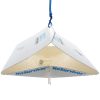
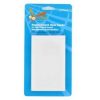
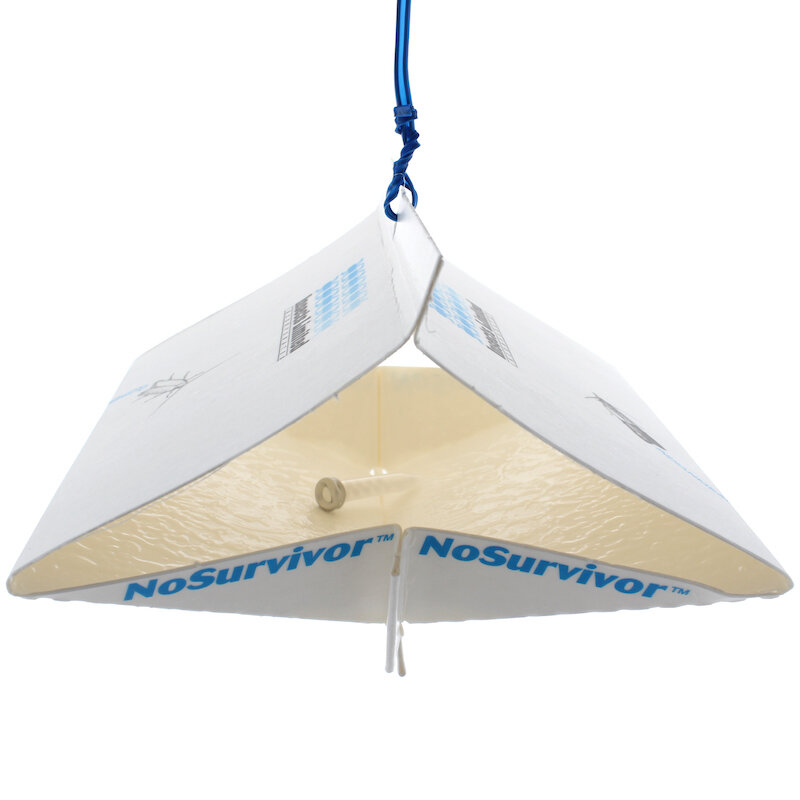
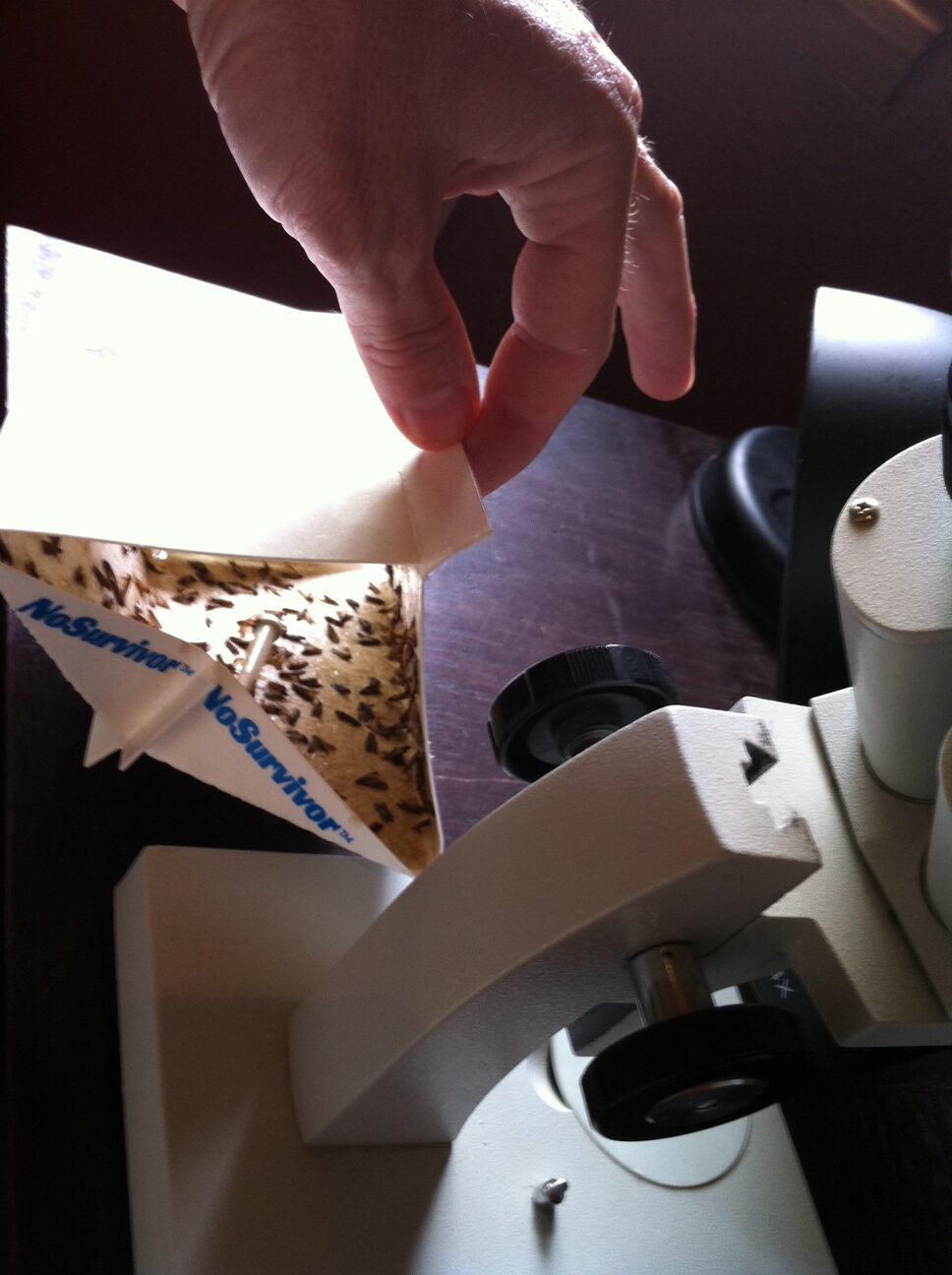
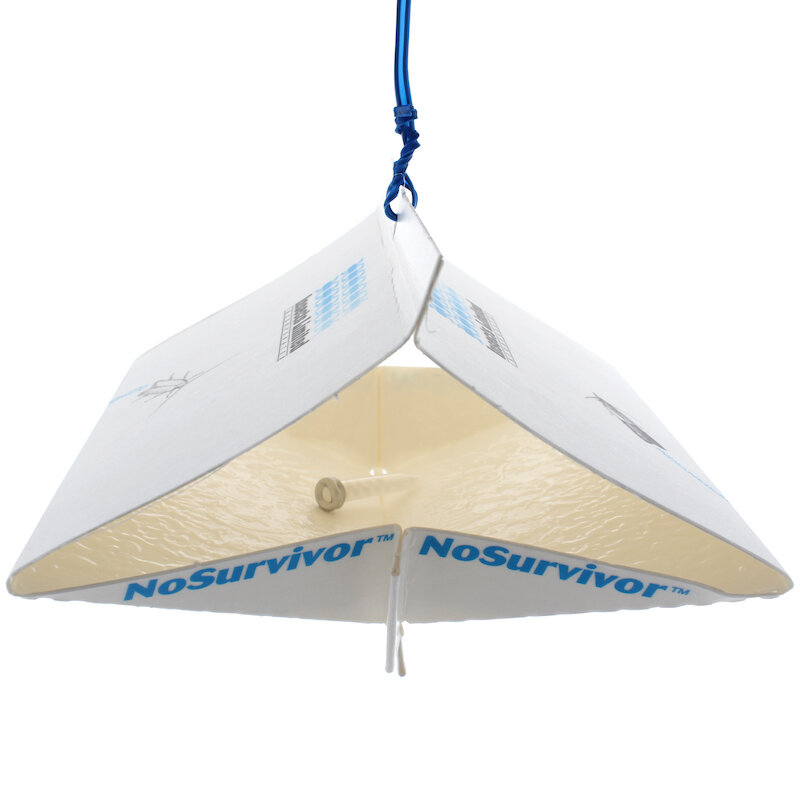

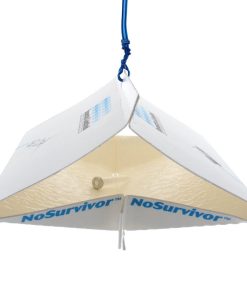
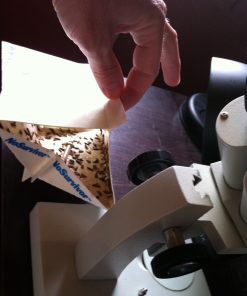
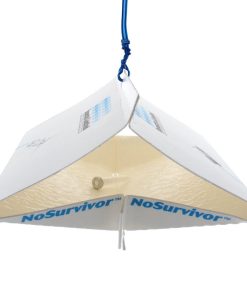

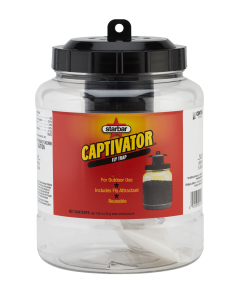
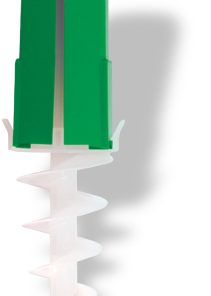
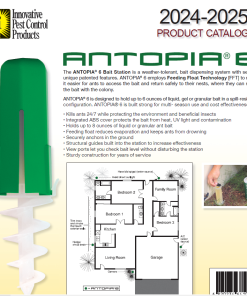
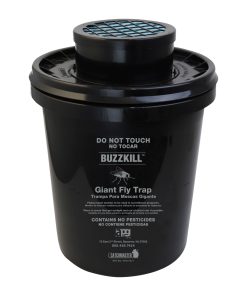
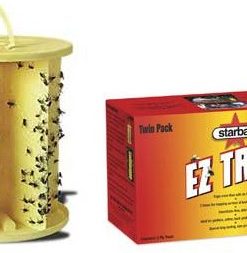
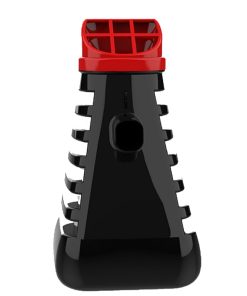
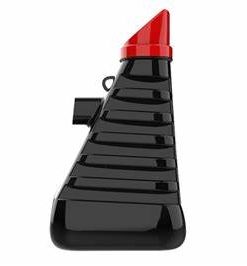
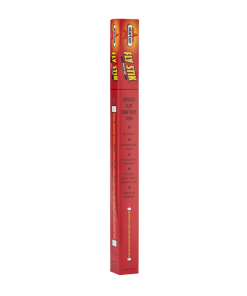
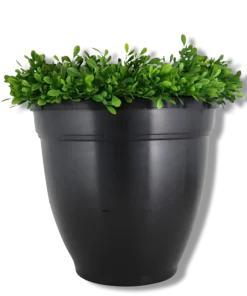
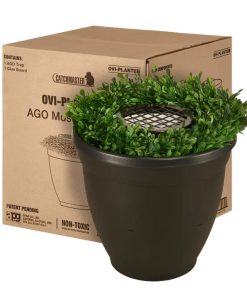
Reviews
There are no reviews yet.